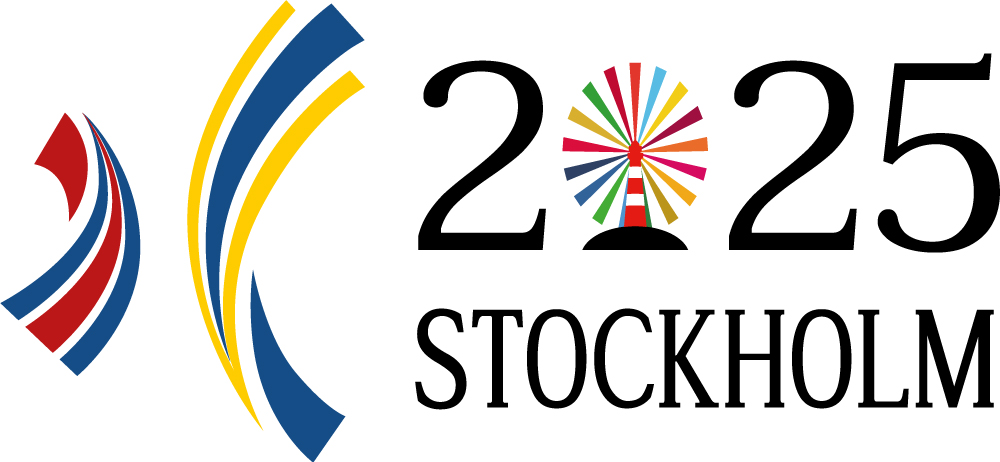
2.17 Factors associated with elevated well-being in individuals with upper limb amputation
- 26/04/2023 | 1:00 PM - 2:15 PM
-
Tequila, Second floor
Description
Abstract
Following upper limb amputation, well-being is threatened by limitations in upper limb function, interruptions to prior employment, impacts on activity and participation, and a range of common pain experiences. The roll of prostheses in restoring well-being among upper limb amputees has not been fully explored. Drawing upon a series of recent publications, this session will introduce observed usage patterns (unilateral vs bilateral engagement, captured via instrumented accelerometry (n=22)) as well as self-reported preferences in prosthetic engagement across one and two-handed activities (n=411). The relationship between bimanual functional capacity (as measured by a recently validated custom PROMIS short-form (n=269)) and well-being based on a retrospective analysis of patient-reported outcomes (n=250) will be presented, along with the associated impacts of activity and participation levels, prosthesis satisfaction, pain interference, daily wear times and times since amputation. Viewed collectively, these publications suggest that well-being is best pursued through thoughtful prosthetic prescription and training that addresses the restoration of bimanual function in those activities native to an individual’s current activities and participation.
Statement of the objective / learning objectives
Attendees will observe the quantified engagement trends of upper limb prostheses and their relationships with self-reported usage patterns. The relationship between bimanual engagement, prosthesis satisfaction and activity and participation with self-reported well-being will be described.


